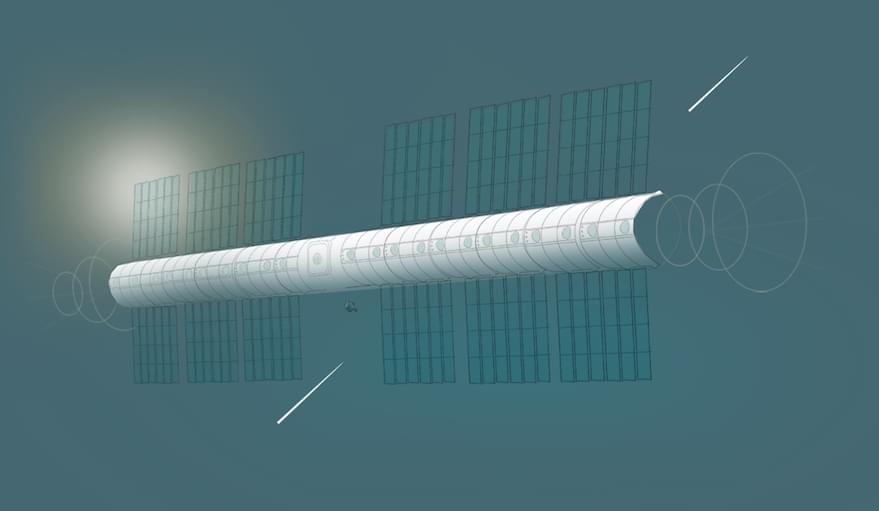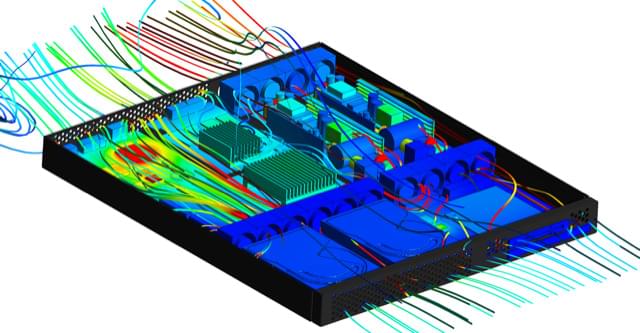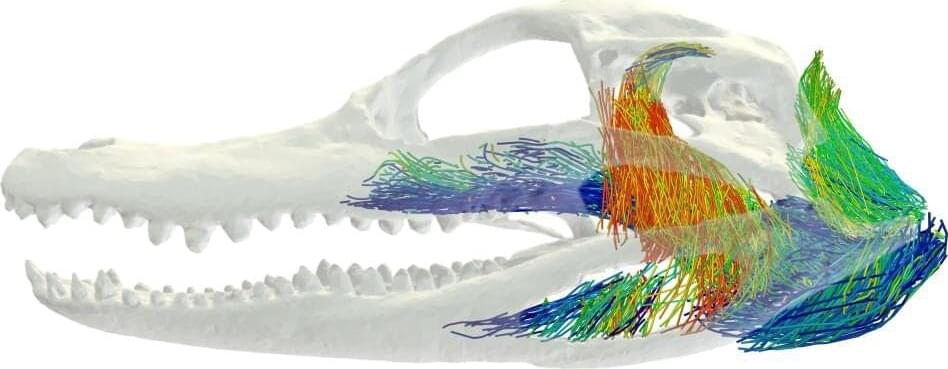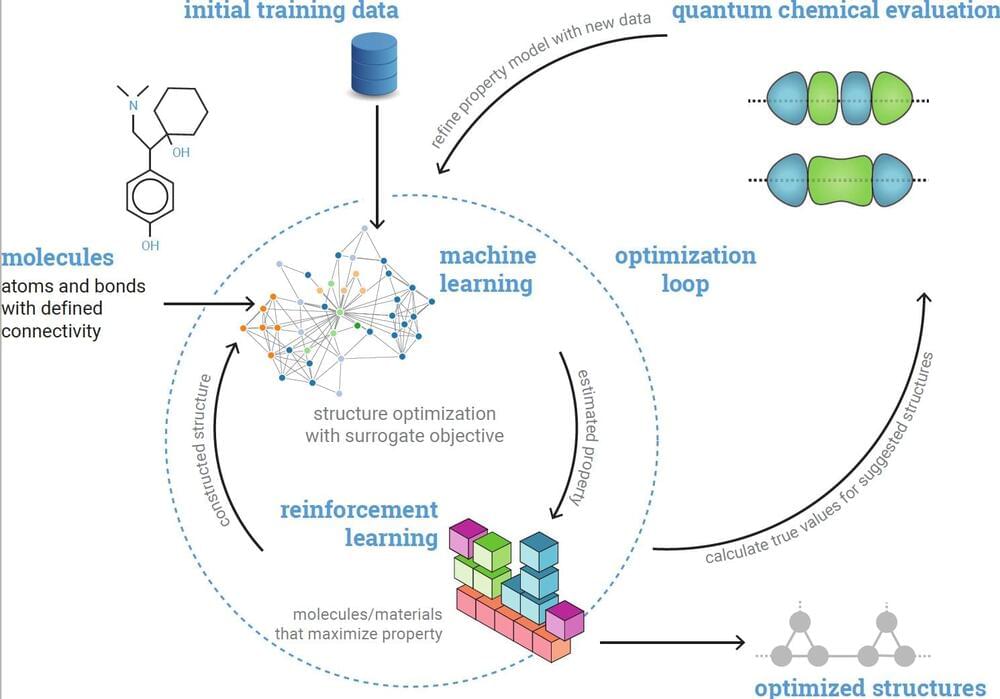New Kurzweil Vid!, September 17, 2022!
Ray Kurzweil is an author, inventor, and futurist. Please support this podcast by checking out our sponsors:
- Shopify: https://shopify.com/lex to get 14-day free trial.
- NetSuite: http://netsuite.com/lex to get free product tour.
- Linode: https://linode.com/lex to get $100 free credit.
- MasterClass: https://masterclass.com/lex to get 15% off.
- Indeed: https://indeed.com/lex to get $75 credit.
EPISODE LINKS:
Ray’s Website: https://kurzweilai.net.
Ray’s Books:
The Singularity Is Nearer (pre-order): https://amzn.to/3BNXmGR
How To Create A Mind: https://amzn.to/3qqlkBw.
The Singularity Is Near: https://amzn.to/3DfXP5z.
The Age of Spiritual Machines: https://amzn.to/3RSjtAX
Danielle: https://amzn.to/3Bww2N7
Transcend: https://amzn.to/3RAEYGV
PODCAST INFO:
Podcast website: https://lexfridman.com/podcast.
Apple Podcasts: https://apple.co/2lwqZIr.
Spotify: https://spoti.fi/2nEwCF8
RSS: https://lexfridman.com/feed/podcast/
Full episodes playlist: https://www.youtube.com/playlist?list=PLrAXtmErZgOdP_8GztsuKi9nrraNbKKp4
Clips playlist: https://www.youtube.com/playlist?list=PLrAXtmErZgOeciFP3CBCIEElOJeitOr41
OUTLINE:








